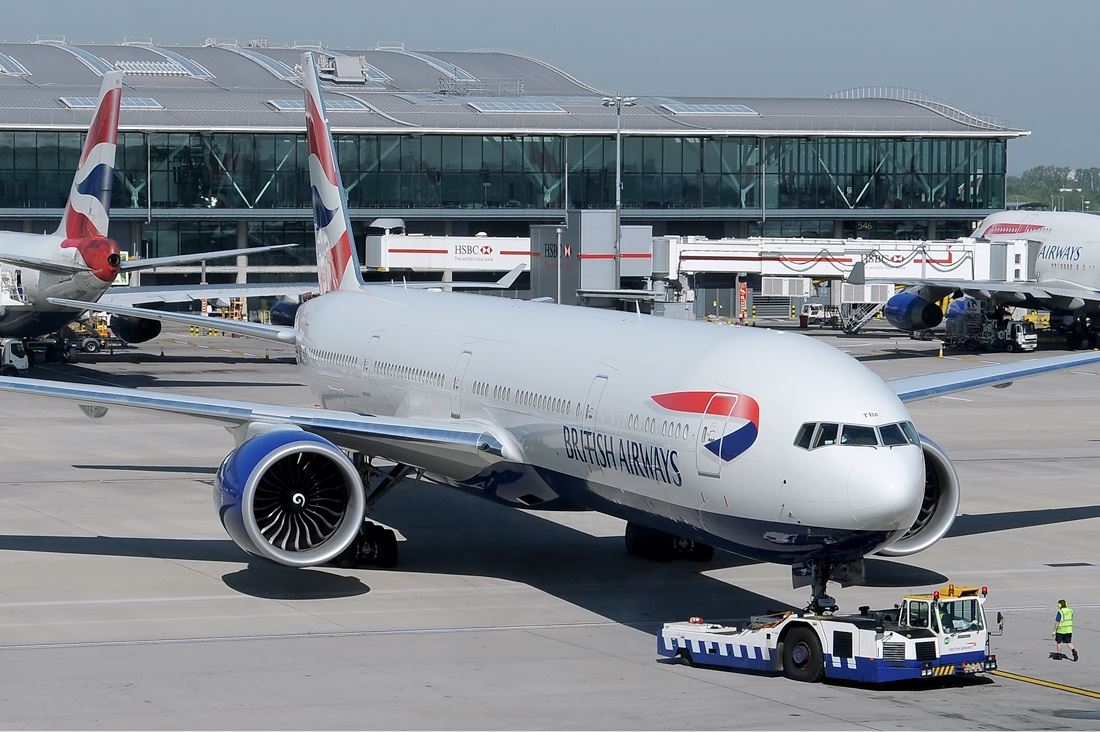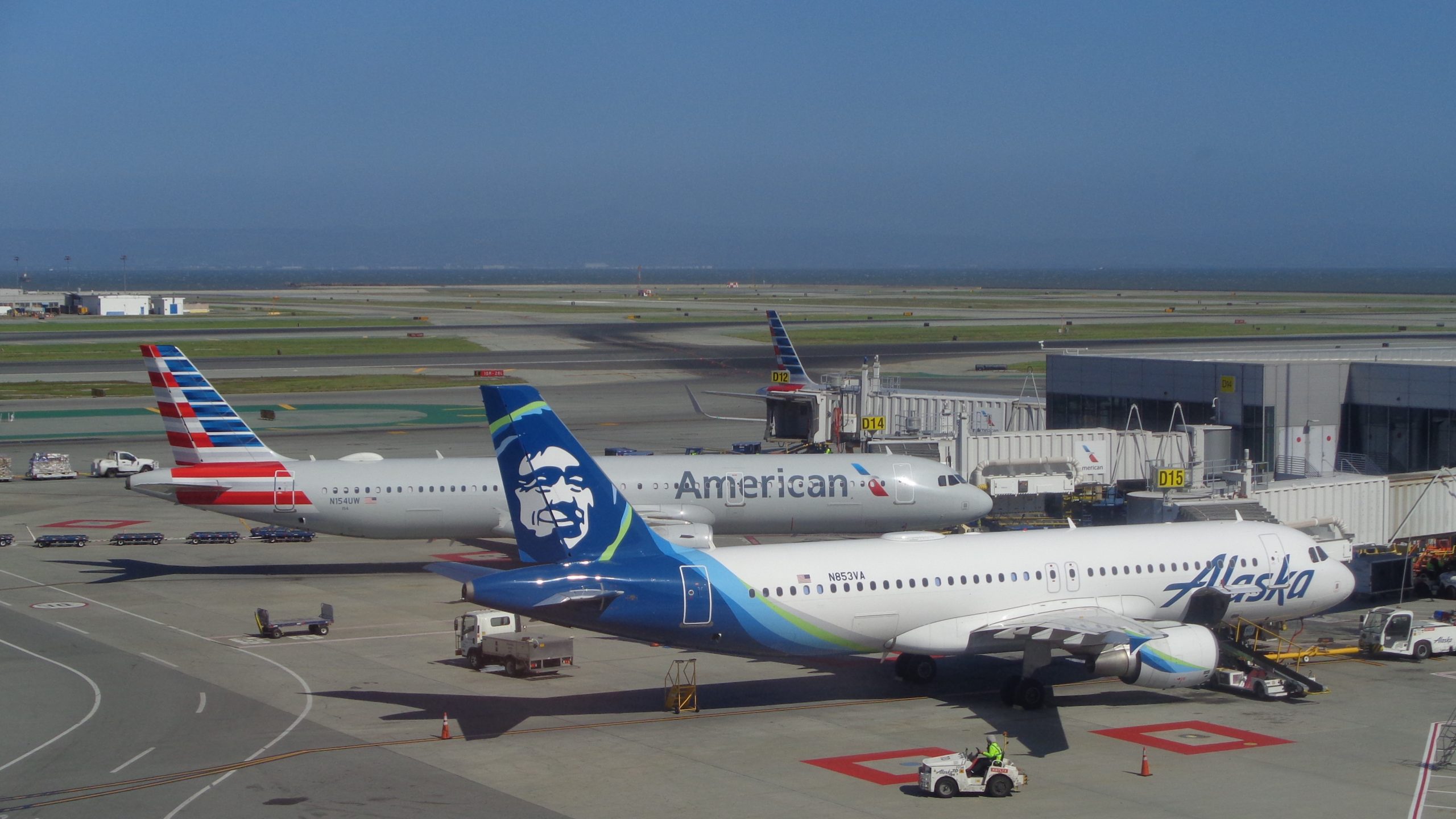Last week I was sitting in seat 32F, at the very back of an Alaska 737-800, waiting patiently as the passengers ahead of me deplaned. My mind was on idle. I was staring at the bags heading down the ramp toward the waiting luggage transport below, only really registering that the handlers here weren’t quite as rough as others I’ve seen.
But then an odd object started its way down the ramp. Even though I’d never seen one, I knew within seconds what it must be: a casket. There had been a dead body on our plane.
It belatedly hit me that there were far more ground staff present than typically necessary for unloading bags. I think I counted seven, all with PenAir reflective vests and some with branded hats. The “handle with care” on the box encasing the casket was taken seriously. I don’t think I’ve ever seen a package handled so well, and it took around six of the staff to heft it.
My heart goes out to the family of the deceased aboard our flight. I cannot imagine being in that situation, dealing not only with grief but also with the logistics of getting your loved one home. I began to wonder how often of an occurrence this is and how airlines handle transporting the deceased.
How Often Do Airlines Transport Human Remains?
As you might expect, the transportation of human remains by airlines isn’t common, but neither is it out of the ordinary. Around 50,000 bodies are transported every year. Compared to the millions of passengers that fly, this isn’t many. But if you fly regularly, you may have been on a flight transporting human remains at some point.
There are very strict regulations regarding transporting a dead body on a plane as cargo, and the bereaved who have to go through this unfortunate circumstance are best working with a funeral home or mortuary to make the arrangements. Many are “known shippers” with the TSA and airlines. There is one nationwide company called Inman that works with funeral homes to make all the arrangements.
Chances are you’ll never know that there were human remains were even aboard. If I hadn’t been nearly the last person off the plane, I never would have noticed the airtray containing the deceased person being unloaded. Airlines don’t exactly go around telling passengers that there is a dead body on the plane. Nor are there special flights specifically for deceased persons.
Conclusion
My heart goes out to whoever’s loved one that was being unloaded in Boston. I can say with certainty that the Alaska/PenAir ground staff treated the container well and with dignity.













I have never had any problems with dead humans, its the live ones which cause issues.